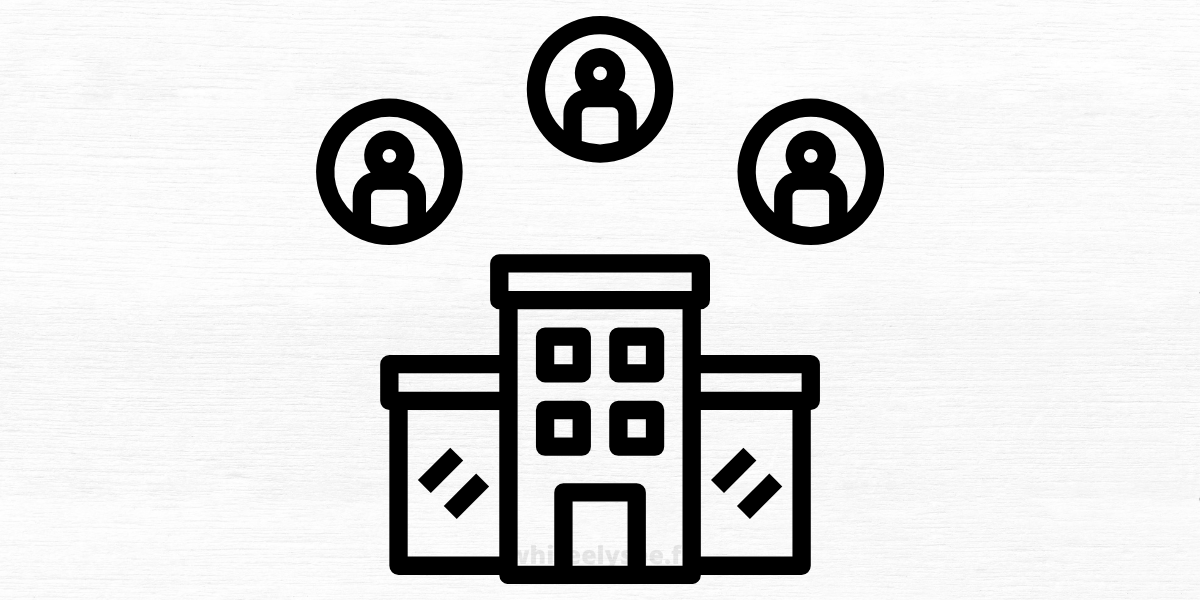
Did you know that laughter raises when you open the family photo album? Then, there are tears and stories that flow. It’s not accidental. Eighty per cent of all sensory stimuli enter the brain via our eyes. The family photo album provides a link to images as well as other physiological stimuli.
Why wouldn’t a family photo album be able to reconnect people with their family memories?
Significant Interventions That Don’t Last
OD professionals constantly design and implement a variety of team development experiences. These situations are created and implemented based on each team’s unique diagnostic profile. These experiences can lead to a profound transformation for leaders and their teams. They are able to see the effects of their actions and the effect of the leader’s shadow on them individually and collectively. With the intent to be a high-performing team, there is frank dialogue and serious commitments made.
What happens when the leader and team get back in the “real world” and the pressure to deliver results consumes them again? How long can the team building session’s aura last? What about the commitment to the promises made? Experience would indicate that it is not very long.
Take a lesson from your family photo album. Visually record the experience and use sensory connections to keep the impact.
Maintaining the Impact
The leader can capture, or even better, record the team building experience so that the leader and team can relive it as a family with their family photo album. It is essential to decide whether to film or videotape. Both can be powerful tools to encourage follow-up dialogue and to reconnect with the team-building experience. Video captures key verbalizations and powerful images.
The benefits of using photography
– Simple to use
Slideshows are easy to convert
Capturing powerful emotions and activities can be achieved by a skilled photographer.
– Can be used in a follow-up meeting
Photography’s Disadvantages
– Cannot capture the dialogue
– Captured behaviour is more open to interpretation
The benefits of using videography
– Captures dialogue
– High impact and long-lasting.
– Captures emotions and body language, which can be used to hint at intentions and commitment
– Can be used in a follow-up meeting
There are disadvantages to using videography
– This requires a more skilled operator
To produce the final DVD, a skilled editor is required.
Plan the filming process
It takes skilful execution and careful planning to film a team-building event. There are three main elements to photography that combine to create an image or experience: aperture (or focus), speed and speed. The camera’s aperture is the amount of light allowed to illuminate the subject. The clarity of an image is determined by its focus, whether it’s a macro view or a telephoto view. Shutter speed or speed is the speed at which the lens opens/closes according to the situation. These are the three essential elements to consider when you plan to capture or film a team-building event.
Aperture – A system perspective on team intervention.
Capture insights into the team’s performance as a function of its place in the culture.
– Capture the relationship between the leader and the team, as well as between individual members.
Capture insight into the feelings of individual team members.
Focus – Depending on how vital detail is compared to the importance of the larger picture, you might focus in one direction or the other.
– Capture the dialogue between the leader and the group.
– Capture the dialogue between segments of the group or interview individuals.
Speed – Predicting what information will be helpful long-term and what information will not be.
Capture dialogue that shows the team’s current state and its desired future state.
Capture the moments of breakthrough when the transformation is taking place.
– Represent the sincerity and depth of your commitment and determination
It is more than taking pictures or letting the camera run. Capturing the team building event’s impact and transformation is not enough. It is not enough to capture the emotions and insights that are shared but also the intentions of those who make them.
Follow-up is crucial
A post-experience follow up is essential to maintaining the positive impact of a well-designed and executed team building event. You can use the slideshow or video edited to re-connect the leader and team members to the shared experience of team building. This is a great way to integrate new members into the team. However, they need to be able to understand the significance of this experience in order to thrive in the team’s culture. The documentary film can be used in a variety of ways to encourage dialogue and renewed commitment.
– Each person should be given a DVD copy and should complete an assessment questionnaire to find out what worked and what didn’t since the team-building experience.
– With the whole team, review the DVD, stopping at critical moments (that have been carefully identified beforehand) to discuss how people feel right now and what can be done differently.
Discuss how the leader and team have evolved to the current level of commitment.
You can be sure that your team and leader will feel the same energy, passion, and commitment after the shared experience. The ensuing discussion will bring about a powerful renewal.





